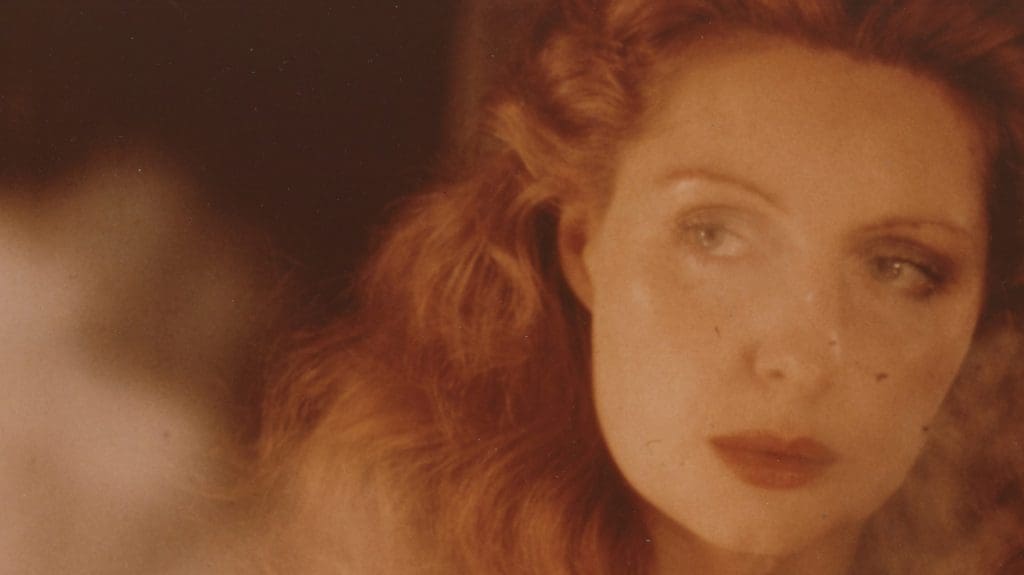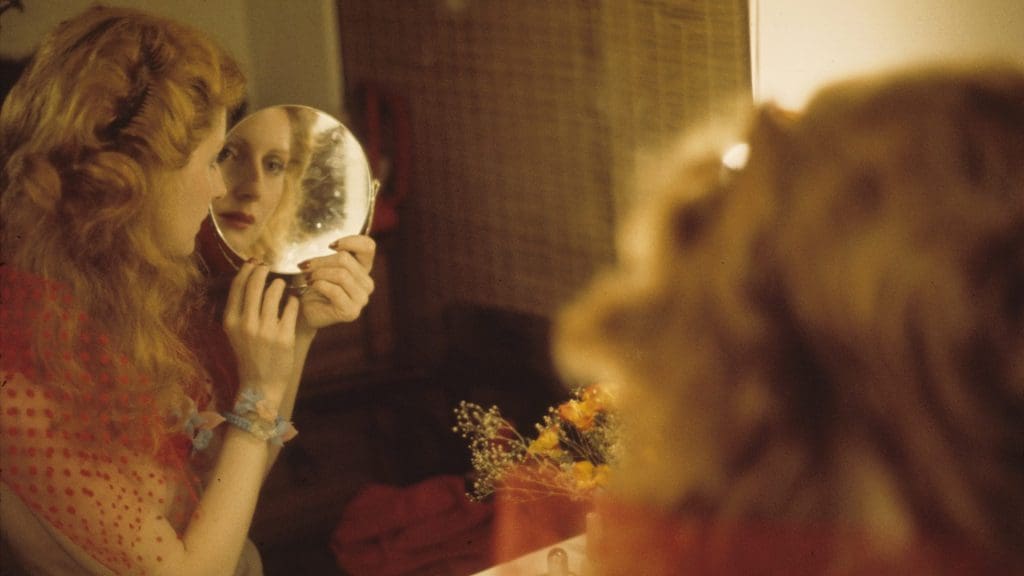
One of the most intimate stories documentary maker Nicole Newnham learned about her most recent protagonist, the late feminist sex researcher Shere Hite, didn’t make it into her new film at all. Living on Fifth Avenue following the publication of her first book The Hite Report, in the late 1970s Hite would go to a Lebanese-owned dressmakers on Madison Avenue and have beautiful, screen-worthy pieces made up. Encouraged by former Village Voice photographer James Hamilton, Newnham returned to the shop and found the owner’s son still there. “Oh yeah, Shere was stunning. My father would make her outfits, and she would invite our family to her parties,” Newnham recalls him saying. “It seemed so related to the diversity of New York City, which I know she really got a lot of inspiration from,” explains the filmmaker who has just released The Disappearance of Shere Hite, a documentary surveying Hite’s life. “Her story, I felt, couldn’t really have happened anywhere but New York City in the 1970s.”
Published in 1976, The Hite Report was a unique study on female sexuality in which 3,000 women completed anonymous surveys. Its findings determined that 70% of women didn’t orgasm from penetrative sex, and it subsequently thrust terms like ‘clitoris’ into the mainstream. “Women who read it will feel enormously reassured about their own sexuality and if enough men read it, the quality of sex in America is bound to improve,” the author Erica Jong wrote at the time in a review for The New York Times. Newnham meanwhile, was 12 years old when she came across the book, secretly taking it from her mother’s bedside cabinet: “I’ll never forget. It was like going through this magical portal into a world of female sexuality.”


In 1981 The Hite Report on Male Sexuality followed, while Women & Love: A Cultural Revolution in Progress arrived in 1987. With The Disappearance of Shere Hite, Newnham examines the phenomenon that attached itself to Hite’s early work, and the epic fallout that occurred within the decade: “There really was a pre-Shere Hite world and a post-Shere Hite world,” argues Newnham. Yet she also asks why, despite its popularity, Hite’s name has largely been dropped from contemporary feminist discourse. Indeed, despite selling over 48 million copies (The Hite Report is the 30th bestselling book of all time) for a large number of people this film will be an introduction.
Hite experienced a lot of pain, having been so maligned and attacked, but her friends and colleagues experienced that too – they watched her turn into this flattened version of herself
“I was interested in this idea of the continual erasure of feminist knowledge in the wake of progress,” continues Newnham, previously Oscar-nominated for her 2020 documentary Crip Camp. “It was reading Hite’s obituary in 2020 that stopped me in my tracks, making me go, ‘I have to find out, how did she do the work? Where did it come from? What kind of person was she? How did she come to be hated?’ – I went down this rabbit hole and the thing that stood out was, this is a really interesting example, at the beginning of the consolidation of media, of how a person gets silenced.” While The Hite Report significantly raised its author’s profile, inviting controversy but also support, her later books were fiercely criticised and she was publicly confronted by misogyny on a number of occasions. One segment in particular recalls an appearance on Oprah with an all-male audience wherein Hite was blasted by a series of defensive takes, many from men who’d not read her work, while in another clip, from an address at Harvard in 1981, Hite’s modelling work (she posed for Playboy while studying at Columbia) is disparagingly referenced.

“When we started, we only had a vague concept of her personality,” acknowledges the director. “The stories were, ‘she’s weird, distant, cold, maybe calculating.’ As we got into it we realised how much we had been impacted by internalised misogyny, coloured by the media narrative. [Later] through her writings, we fell in love with her.” Keen to underline the importance of Hite’s work over her persona, Newnham begins her own narrative somewhere in the middle of Hite’s story. Introducing the film is an interview clip from 1976, which we quickly learn is actually a clip of Hite watching herself back in 1994 and by then living in Europe (she renounced her US citizenship in 1995). In addition to the archive footage – and voiceover from the film’s producer, Dakota Johnson, who delicately reads Hite’s words – Newnham conducted a series of interviews with those who knew her. “It was extraordinary, the extent to which people had been waiting to get that call,” she recalls. “Hite experienced a lot of pain, having been so maligned and attacked, but her friends and colleagues experienced that too – they watched her turn into this flattened version of herself.”
With this film, Newnham was determined to provide a wider context for Hite’s work, highlighting how it materialised out of Second Wave Feminism. “I wanted to underline that it grew out of a movement, of collective action and friendships,” she says. “That was completely ignored in how she was characterised later, as this weird, sex-obsessed, lonely researcher.” Contemporary politics, asserts Newnham, completely shaped the film: while initial work began prior to the reversal of Roe v. Wade, the threat of what later transpired was a very real concern going in. “We had a sense that this work around women’s rights was still incredibly urgent and vital,” explains Newnham. “So we planted seeds that would resonate specifically with people in our current time, reminding them what we’re still wrestling with today.”
The Disappearance of Shere Hite is in cinemas now.





